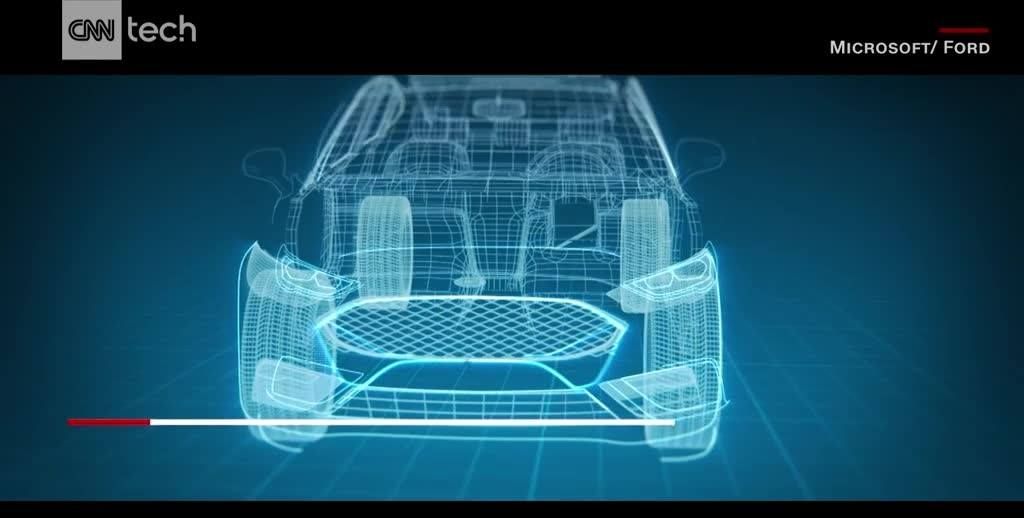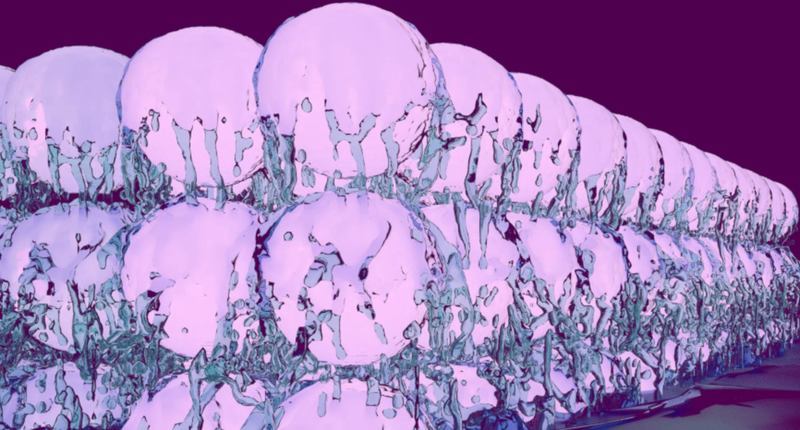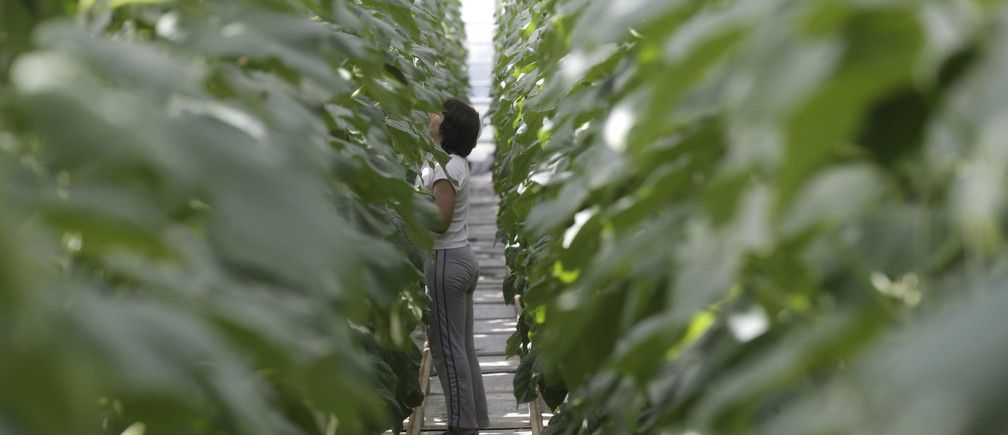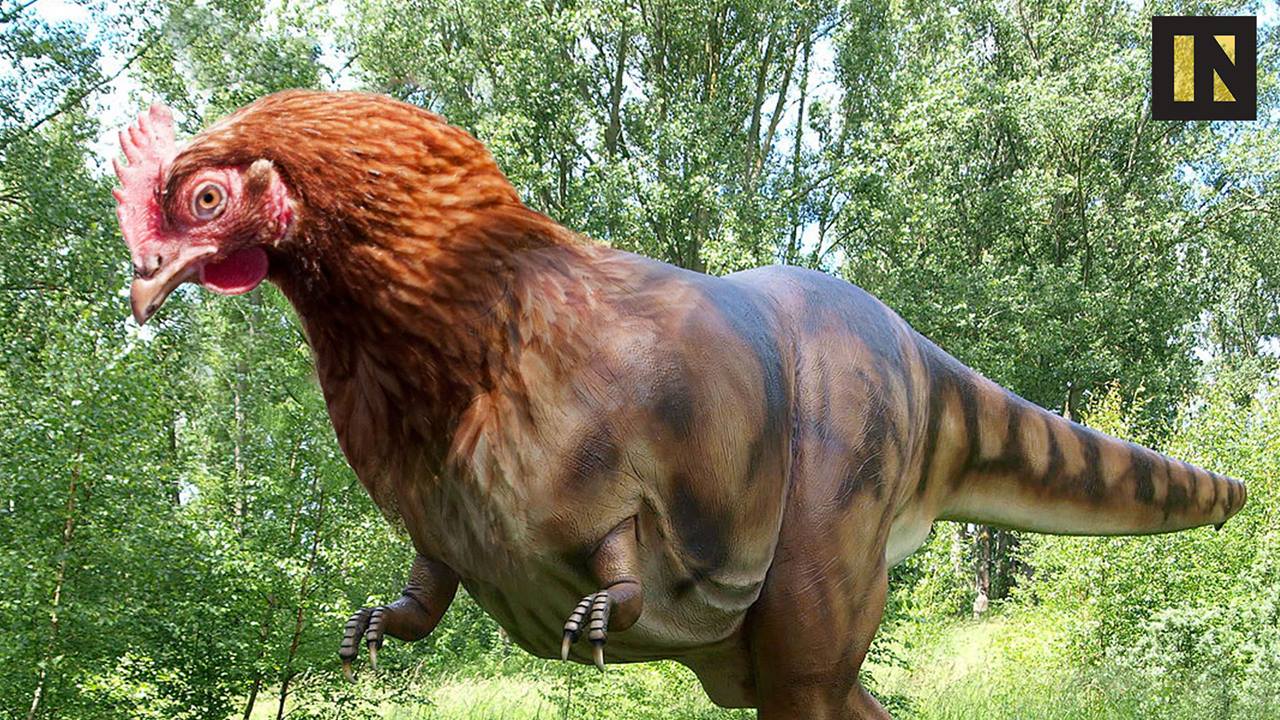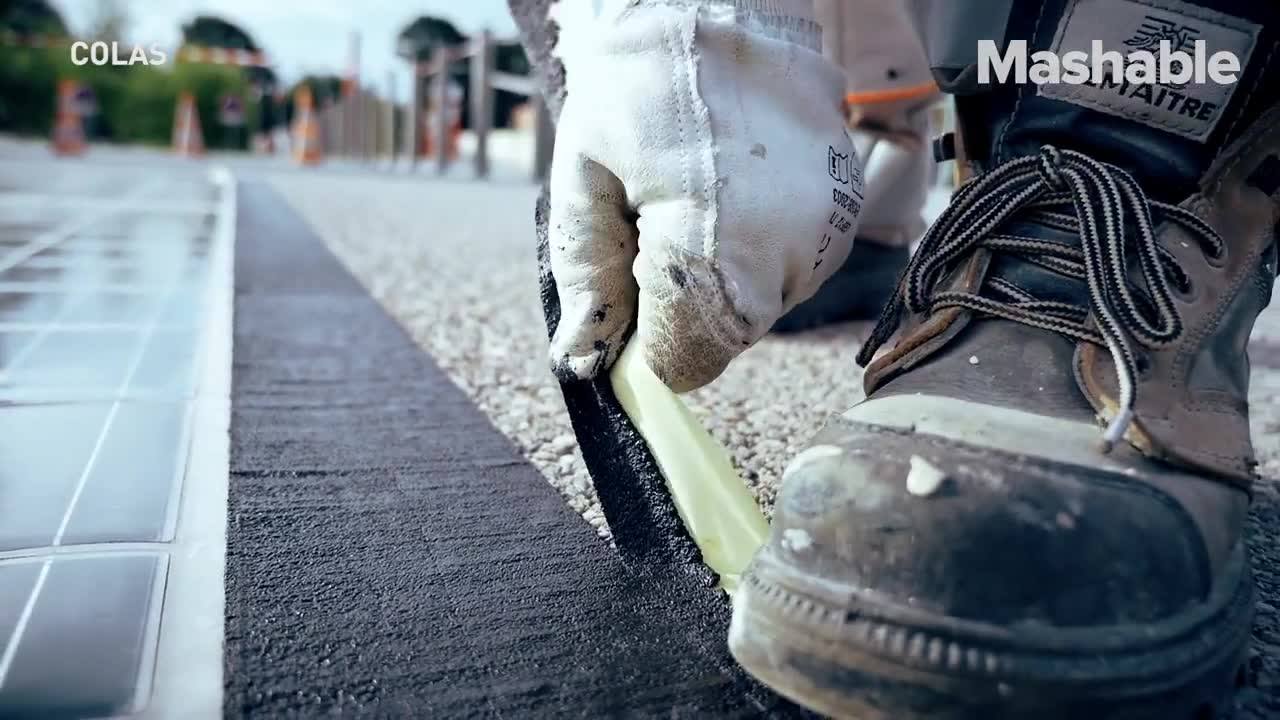Page 9888
Sep 24, 2017
Letting teens sleep in would save the country roughly $9 billion a year
Posted by Shailesh Prasad in categories: economics, education, policy
The United States would realize roughly $9 billion a year in economic gains by instituting a simple, nationwide policy change: starting public school classes no earlier than 8:30 a.m.
That’s according to an exhaustive new study by the Rand Corporation, the first of its kind to model the nationwide costs and benefits of later school start times.
Sep 24, 2017
A new form of matter: scientists create the first supersolid
Posted by Shailesh Prasad in category: materials
Enter the supersolid: a paradoxical material that flows easily like a superfluid, but is crystalline like a solid. Cathal O’Connell reports.
Sep 24, 2017
You could soon be eating meat grown by plants
Posted by Shailesh Prasad in categories: food, futurism
Tepic, Mexico, Sept 4 (Thomson Reuters Foundation) — Juicy lab-grown steaks and burgers made of plant-based meat could soon be tempting hardened carnivores scanning restaurant menus in the world’s biggest cities, as food producers explore fresh ways to feed booming populations.
With people pouring into cities across the developing world, rocketing demand for meat and dairy products will make it essential to find high-protein alternatives that have a lower environmental impact, some experts say.
“The food of the future, as we become more and more urban, will continue to be meat but it won’t be meat from industrialised animal agriculture,” said Bruce Friedrich, executive director of the Washington-based Good Food Institute.
Continue reading “You could soon be eating meat grown by plants” »
Sep 24, 2017
New Synthetic Muscle Puts Us One Step Closer to Lifelike Robots
Posted by Shailesh Prasad in categories: 3D printing, robotics/AI
Robots still find it difficult to perform delicate actions, like picking up a soft object without causing damage. A new form of synthetic muscle could offer up some major improvements.
A group of researchers from the Columbia University School of Engineering and Applied Science has developed a new type of synthetic soft muscle that can be manufactured using a 3D printer. The material is capable of lifting up to 1,000 times its own weight and boasts fifteen times the strain density (expansion per gram) of natural muscle.
Sep 24, 2017
Scientists are turning chickens into dinosaurs…
Posted by Shailesh Prasad in category: futurism
Sep 24, 2017
This is the world’s first solar-powered road and it’s absolutely genius
Posted by Shailesh Prasad in category: sustainability
Sep 24, 2017
This guy proposed to his girlfriend in a VR version of her grandmother’s house
Posted by Shailesh Prasad in categories: habitats, virtual reality
Sep 24, 2017
Robots learn to walk naturally
Posted by Shailesh Prasad in categories: information science, robotics/AI
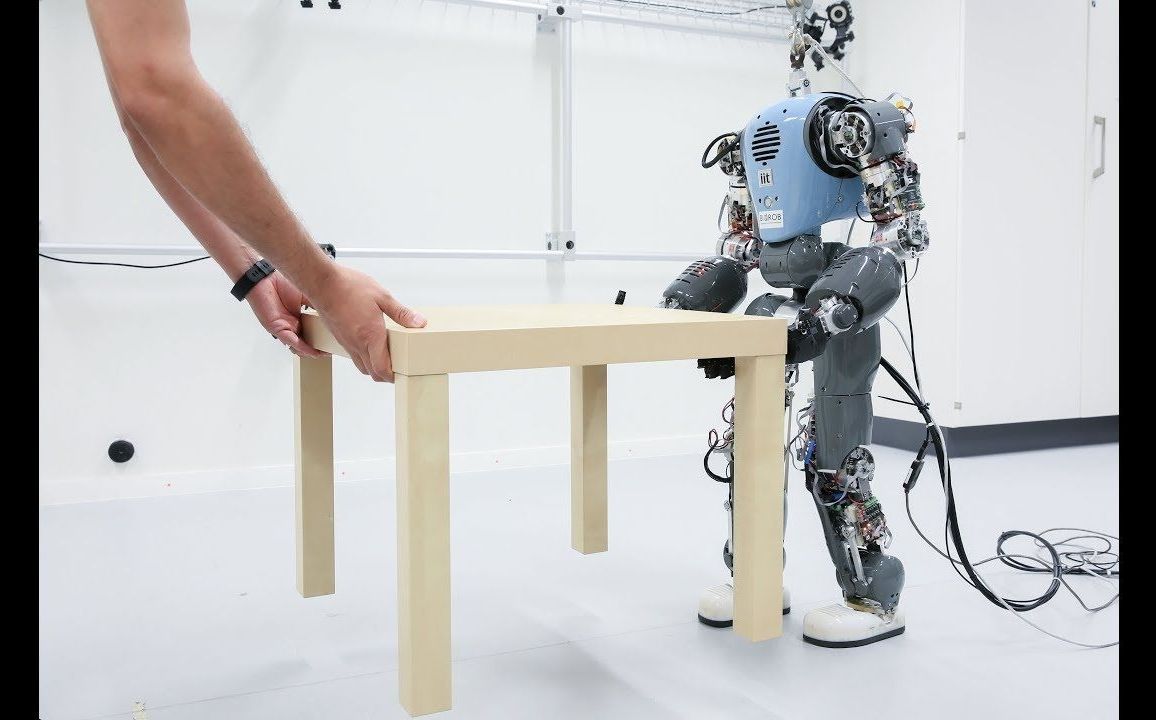
The challenge with bipedal robots isn’t so much getting them to walk at all (although that’s sometimes a problem) as it is getting them to walk naturally. They tend to either step cautiously or quickly run into trouble. Swiss researchers think they can do better, though: they’re working on COMAN (Compliant Humanoid), a headless robot designed to master walking. The automaton is more graceful through a combination of more flexible, elastic joints and a control algorithm that helps the bot understand its own body.
COMAN is aware of the symmetries in its dynamics and structure, which helps it not only walk with a natural gait but carry objects, navigate uneven surfaces like stairs, and react to surprises. If you push the robot, for instance, it knows exactly where to place its foot so that it doesn’t tip over like some of its peers. And thanks to that added flexibility, it’s more likely to survive that rudeness.
